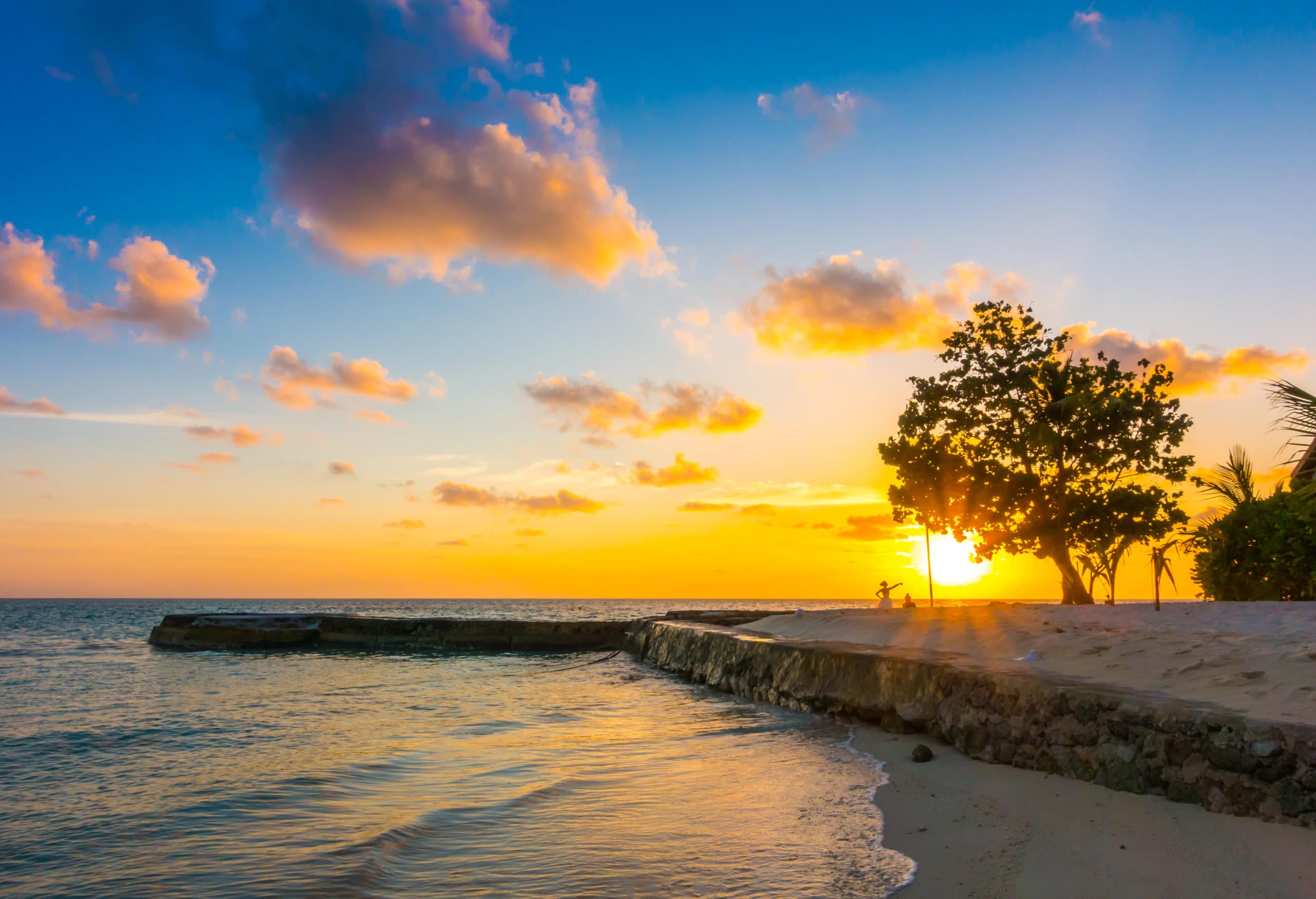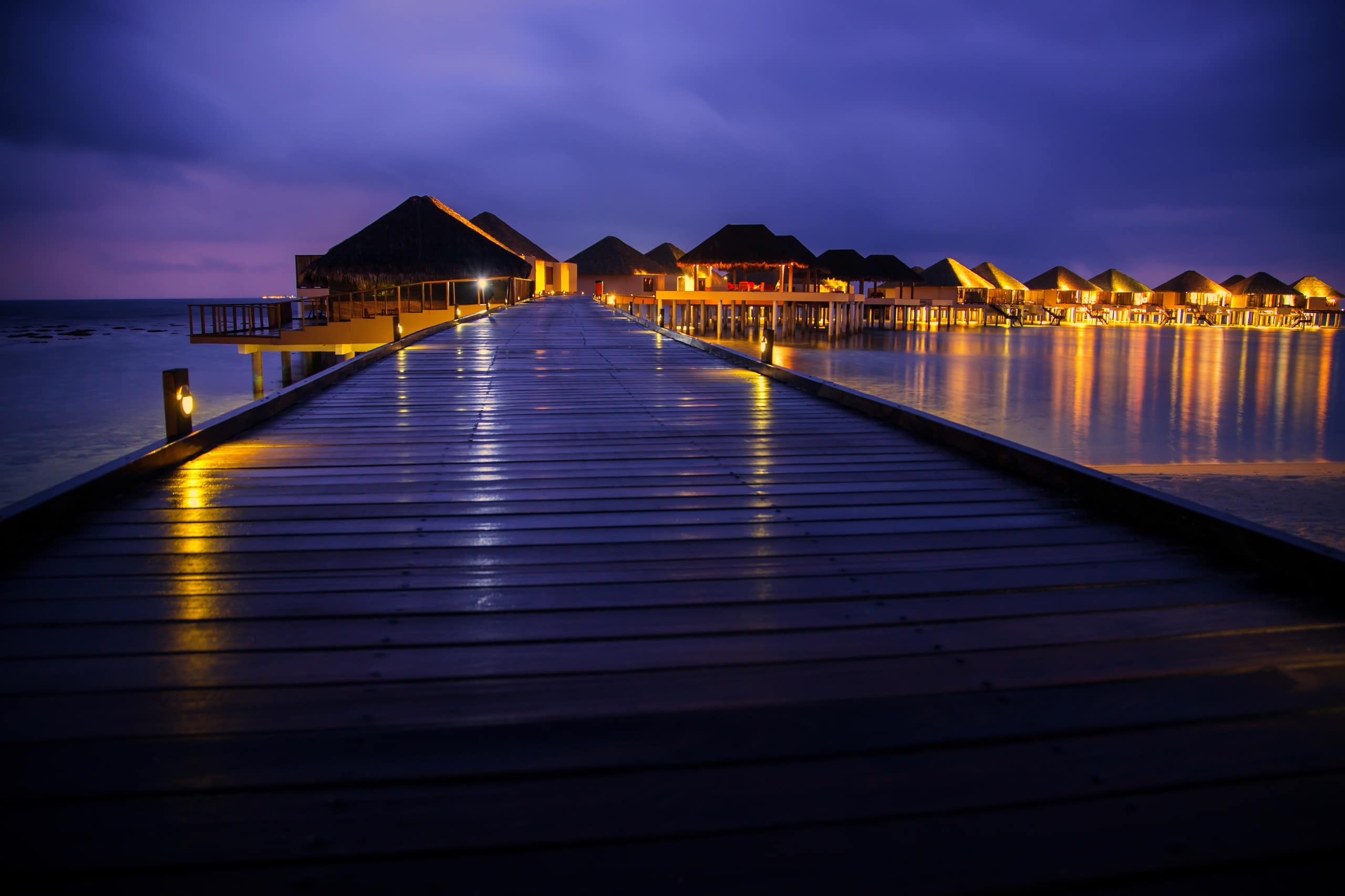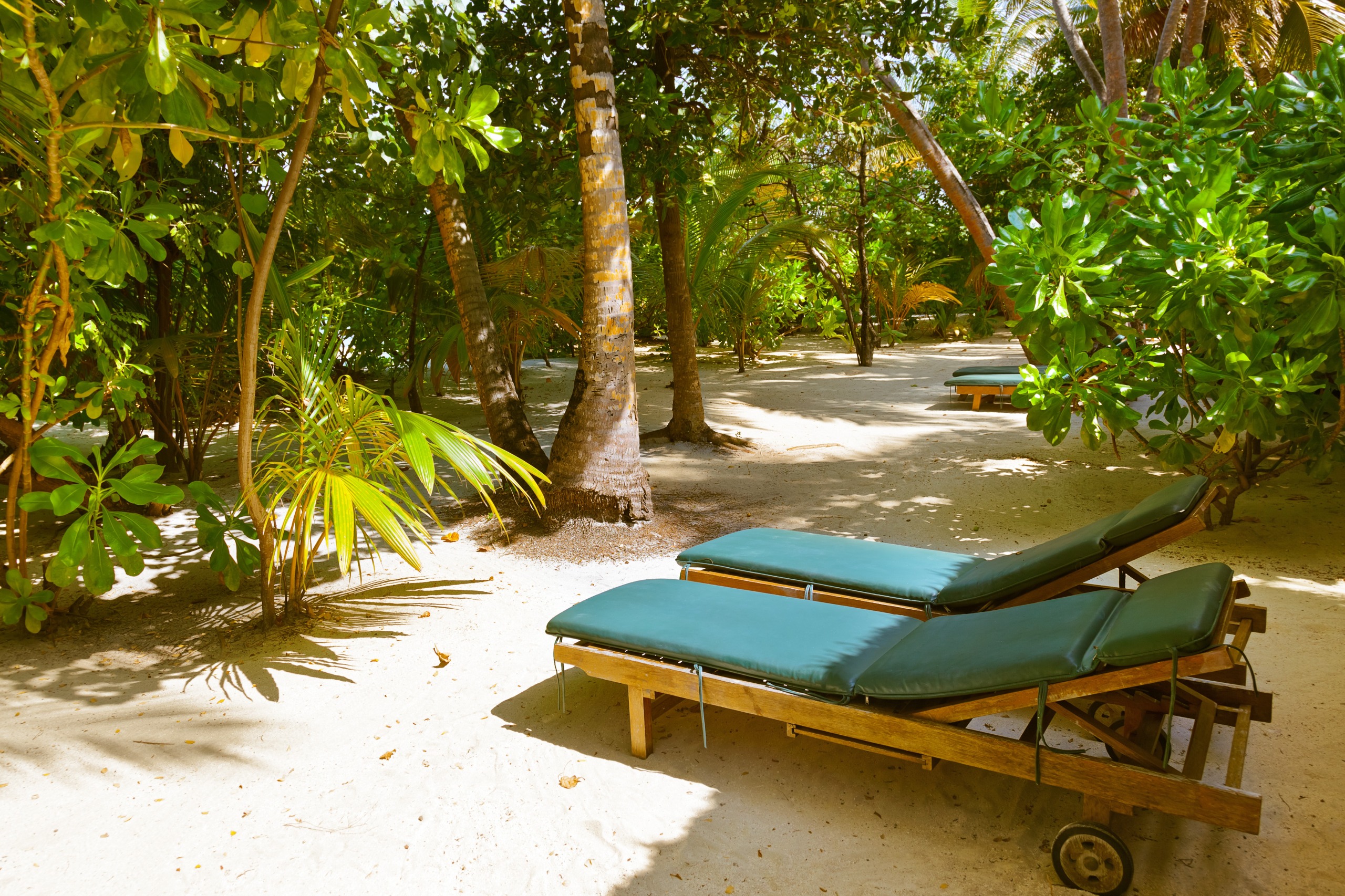Maldives
Basic Information About The Maldives:
Population: The population of Maldives is 372,603.
GDP: $ 4.9 billion (2016)
Climate: The Maldives has a year-round hot tropical climate. There are two monsoons, the southwest from May to October and the northeast from November to April. Generally the southwest brings more wind and rain in June and July. The temperature rarely falls below 25°C (77°F). The best weather is between November and April. The high season falls between December and March. The monsoon runs from May to October, peaking around June. It is worth paying higher prices and sticking to the dry season as there is nothing to do on a rainy day except drink, work out or scuba dive.
People: The original inhabitants of the Maldives are thought to have been of south Indian and Arab origin. The people of the northern atolls have to some extent intermarried with peoples from western India, Arabia, and North Africa. Inhabitants of the southern islands show stronger physical affinities with the Sinhalese of Sri Lanka. Black African slaves imported from Zanzibar and Arabia have intermarried with the Maldivians, and there are also some Caucasian and Malayan elements.
Religion: The law prohibits the practice by Maldivian citizens of any religion other than Islam, and the Constitution precludes non-Muslims from voting, obtaining citizenship, and holding public positions. The president, who is required to be a Sunni Muslim, is the “supreme authority to propagate the tenets of Islam.”
Capital: Malé, capital city of Maldives. Malé is both a city and an island, combining cosmopolitan style with laid-back islander roots.
Language: The national language of the Maldives is called Dhivehi. There are varying dialects of Dhivehi language, especially in the southern parts of the country. However, formal Dhivehi is used in all the official and written communications.
Currency: The Maldivian Rufiyaa is the currency of Maldives (Maldive Islands).
Time Zone: UTC+05:00




